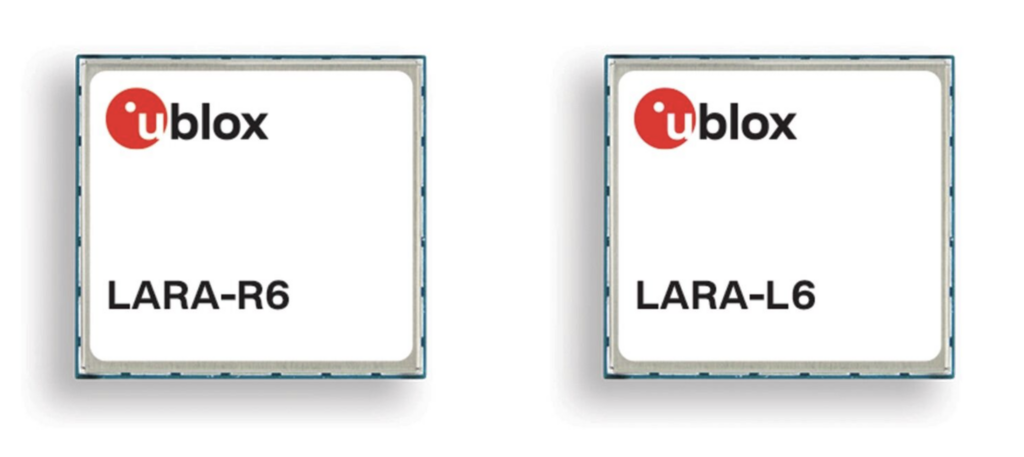IoT module maker u-blox is the first out of the blocks, it says, to have its LTE-based Cat 1 and Cat 4 IoT modules certified as “gold-standard” cyber-secure by the European Telecommunications Standards Institute (ETSI). The company’s LARA-R6 (Cat 1) and LARA-L6 (Cat 4) cellular module series have been “successfully tested to comply with” new Radio Equipment Directive (RED) requirements using the ETSI EN 303 645 standard, it said. As such, they are the “first in the market to achieve the RED cybersecurity certification.
The European Union (EU) will mandate the new RED certification for all wireless products by summer 2025. The delegated act (DA) was delayed from late 2024 to further prepare its EU-wide harmonisation. It establishes a regulatory framework for radio equipment, including requirements for safety and health, electromagnetic compatibility, and spectrum efficiency. Article 3.3 of the directive includes requirements for cybersecurity around network protection (3.3 d), personal data and privacy protection (3.3 e), and fraud (3.3 f).
But despite the two-year timeframe, IoT makers can already certify their products against certain cybersecurity standards, including ETSI EN 303 645 – considered the basis for the RED cybersecurity certification. Swiss firm u-blox said it has already made the RED requirements an “integral part” of its product design to get “ahead of the curve”. It stated: “As cyberattacks and privacy concerns grow, there is an urgent need for wireless devices… to feature enhanced security. With stricter regulations… manufacturers are racing to meet the highest security standards.”

Test and compliance company Eurofins E&E passed the LARA-R6 and LARA-R7 series. Eurofins E&E is also offering IEC 62443-4-2 cybersecurity certification, which also complies with the RED Article 3.3 d/e/f requirements. All future u-blox cellular modules will comply with the ETSI EN 303 645 standard – and “all subsequent leading industry standards”, the company said.
Martin Leach, head of ‘product centre cellular’ at u-blox, said: “As a Swiss company, quality and security is in our DNA. We consider security of the utmost importance and therefore stay abreast of the evolving regulatory landscape to ensure that our products are always compliant with the latest security guidelines. We include security in all stages of development and approach security regulations compliance through established industry standards, making it easier for our customers to develop secure and top-quality products.”
Last month, u-blox announced its 16 x 16mm LEXI-R10 IoT module, billed as “the smallest single-mode LTE Cat 1bis IoT module” on the market. Three times smaller than the u-blox LENA-R8 (256 vs. 810mm2), the new LEXI-R10 is pitched for applications requiring Cat 1bis connectivity without 2G fallback or positioning features, it said. It stated: “The module adapts perfectly to size-demanding designs, making it ideal for use cases such as asset tracking and aftermarket telematics.”
The firm has also introduced an active L1/L5 multi-band GNSS antenna, ANN-MB5, to offer “multi-frequency and multi-constellation” meter-level GNSS positioning. It is included in u-blox’s new NEO-F10N GNSS module, and is, again, targeted at “aftermarket telematics, automation, and monitoring”, plus industrial IoT positioning applications.

